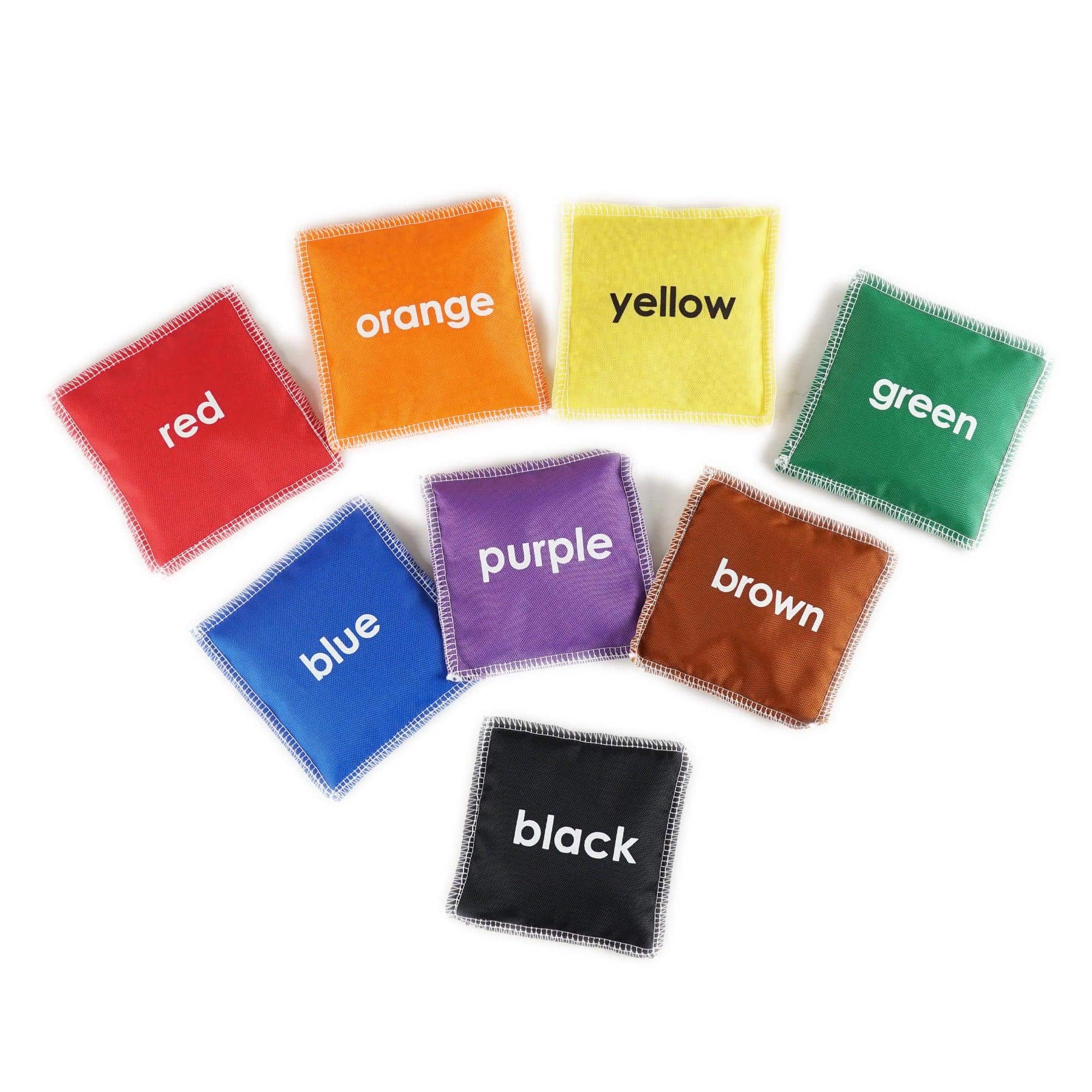The Impact of Advertising on Children’s Toy Preferences
Introduction
Advertising plays a crucial role in shaping children’s preferences for toys. In today’s digital age, children are exposed to a plethora of advertisements that promote various toys, creating a significant impact on their desires and expectations. This blog article dives deep into the influence of advertising on children’s toy preferences, exploring the features that make these advertisements so persuasive.
Effects of Advertising on Children’s Toy Preferences
1. Creating a Desire for Specific Toys
- Advertisements are designed to capture children’s attention through vibrant colors, catchy jingles, and relatable characters, creating an urge to possess the advertised toy.
- Children often develop a strong emotional connection with these toys, believing that owning them will bring happiness and fulfillment.
- Advertising creates a sense of excitement and anticipation, making children eagerly look forward to purchasing the toy.
2. Influence on Gender-Specific Toy Choices
- Advertisements often perpetuate gender stereotypes, promoting toys that are traditionally associated with specific genders.
- These advertisements shape children’s perceptions of what is considered appropriate for boys and girls, influencing their toy preferences accordingly.
- Girls may be more inclined towards dolls, princesses, and nurturing toys, while boys may gravitate towards action figures, cars, and building sets, as these are commonly portrayed in advertisements.
3. Impact on Brand Awareness and Loyalty
- Advertisements play a crucial role in building awareness about toy brands among children.
- Repeated exposure to specific brands through advertising creates familiarity and establishes a connection between the child and the advertised products.
- Children often develop a sense of loyalty towards the brands they see in advertisements, leading to a preference for those toys over others.
4. Influence on Parental Purchasing Decisions
- Advertising not only targets children but also aims to persuade parents to buy the advertised toys.
- Children’s pester power, fueled by the persuasive techniques used in advertisements, influences parents’ purchasing decisions to fulfill their child’s desires.
- Toy advertisements often highlight the educational or developmental benefits of the products, appealing to parents’ desire to provide the best for their children.
The Persuasive Features of Toy Advertisements
1. Imagery and Visual Appeal
- Advertisements for children’s toys feature eye-catching visuals, bright colors, and fun animations to capture their attention.
- These visuals are designed to create excitement and spark the imagination, making the toy appear more enticing.
2. Storytelling and Narrative
- Many toy advertisements incorporate storytelling elements, creating a captivating narrative around the toy.
- These narratives often depict the toy as a source of adventure, friendship, and creativity.
- By connecting emotions and a storyline to the toy, advertisements make children feel like they are part of an exciting world.
3. Social Proof
- Advertisements frequently showcase other children enjoying the toy, creating a sense of “everyone has it” mentality.
- Seeing peers having fun with a specific toy can establish a fear of missing out (FOMO), driving children to desire the same toy.
4. Celebrity Endorsements
- Toy advertisements sometimes feature popular characters or celebrities, associating their fame and likability with the promoted toy.
- Children often identify with their favorite celebrities, and seeing them endorse a toy can significantly influence their preference for that product.
5. Catchy Jingles and Slogans
- Toy advertisements use memorable jingles and catchy slogans to create brand recognition and stick in children’s minds.
- These jingles and slogans often repeat key messaging, making the product more memorable and desirable.
Conclusion
Advertising has a profound impact on children’s toy preferences, shaping their desires, influencing their gender-specific choices, fostering brand loyalty, and guiding parental purchasing decisions. The persuasive features of toy advertisements, such as visual appeal, storytelling, social proof, celebrity endorsements, and catchy jingles, enhance their effectiveness in swaying children’s preferences. As marketers and parents, it is important to be mindful of the influence of advertising on children and to ensure a balanced approach to toy selection.




